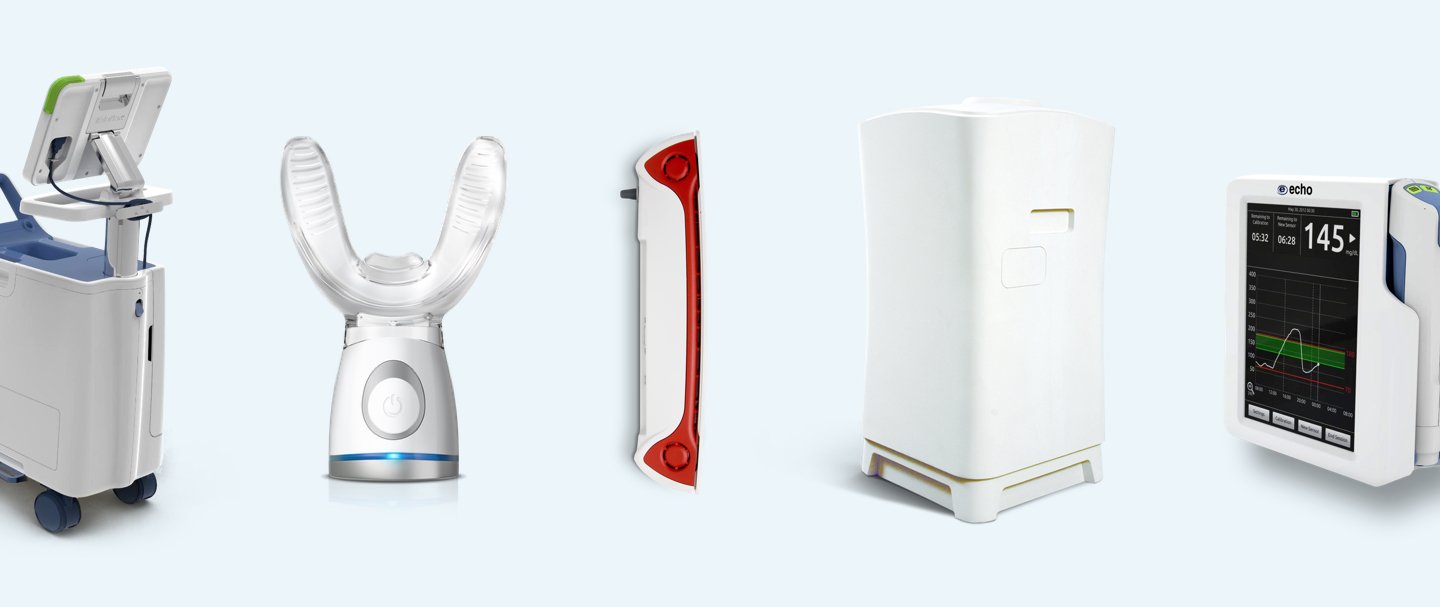

Our user-centered design (UCD) process for consumer health devices begins with a deep understanding of the intended users, who often represent diverse groups with varying needs, abilities, health conditions, and usage contexts.
User Research and Segmentation: The process starts with comprehensive user research, including interviews, observations, surveys, and contextual inquiries. This helps identify distinct user groups. For example, older adults, tech-savvy individuals, people managing chronic conditions, or caregivers. Each group may have different expectations, limitations (e.g., vision, dexterity, or digital literacy), and use scenarios.
Persona Development and Journey Mapping: Insights from research are synthesized into personas and user journey maps that represent the goals, challenges, and environments of each user group. These tools help the design team maintain focus on real-world needs and pain points throughout development.
Inclusive Concept Generation: Design concepts are generated with the full spectrum of users in mind. Accessibility, clarity, and ease of use are prioritized early. Input from users is actively sought during brainstorming and early prototyping to ensure ideas are grounded in reality.
Prototyping and Iterative Testing: Low- to high-fidelity prototypes are created and tested with representatives from each user group. This ensures feedback reflects the diversity of end users and reveals issues that may only be relevant to specific populations.
Refinement Based on Feedback: Feedback is analyzed and used to refine the product. This cycle of prototyping and testing is repeated to optimize usability, comfort, comprehension, and satisfaction across user groups.
Validation in Real-World Contexts: Final designs are validated through usability testing in actual or simulated environments. This step ensures the product performs reliably and intuitively under the conditions in which it will be used.